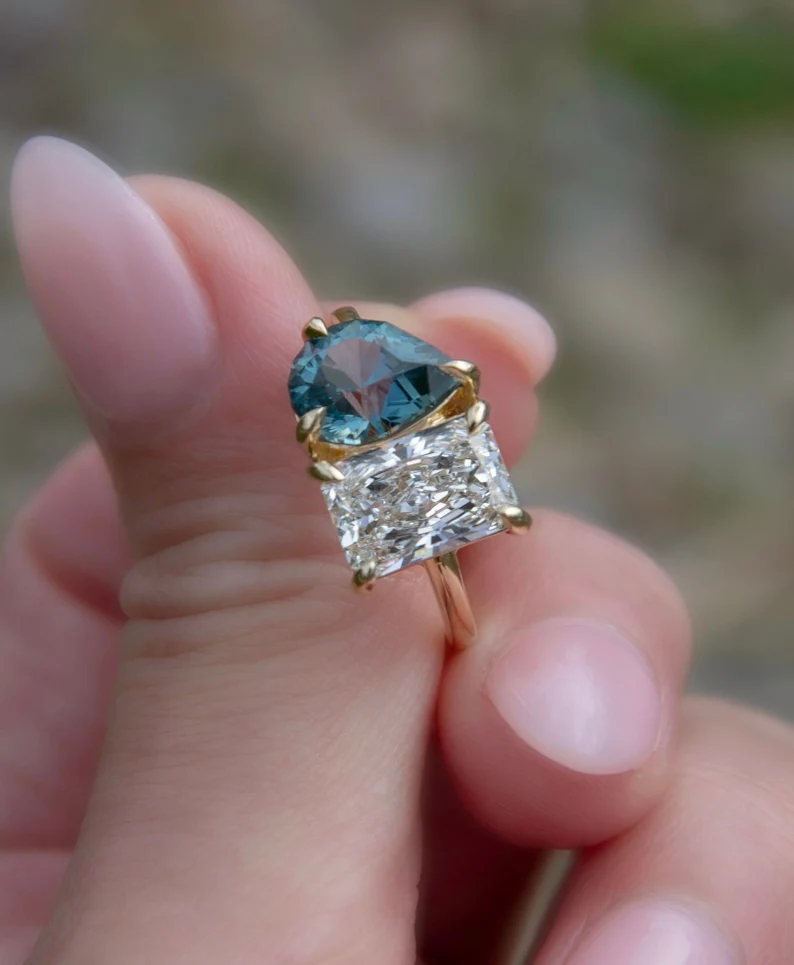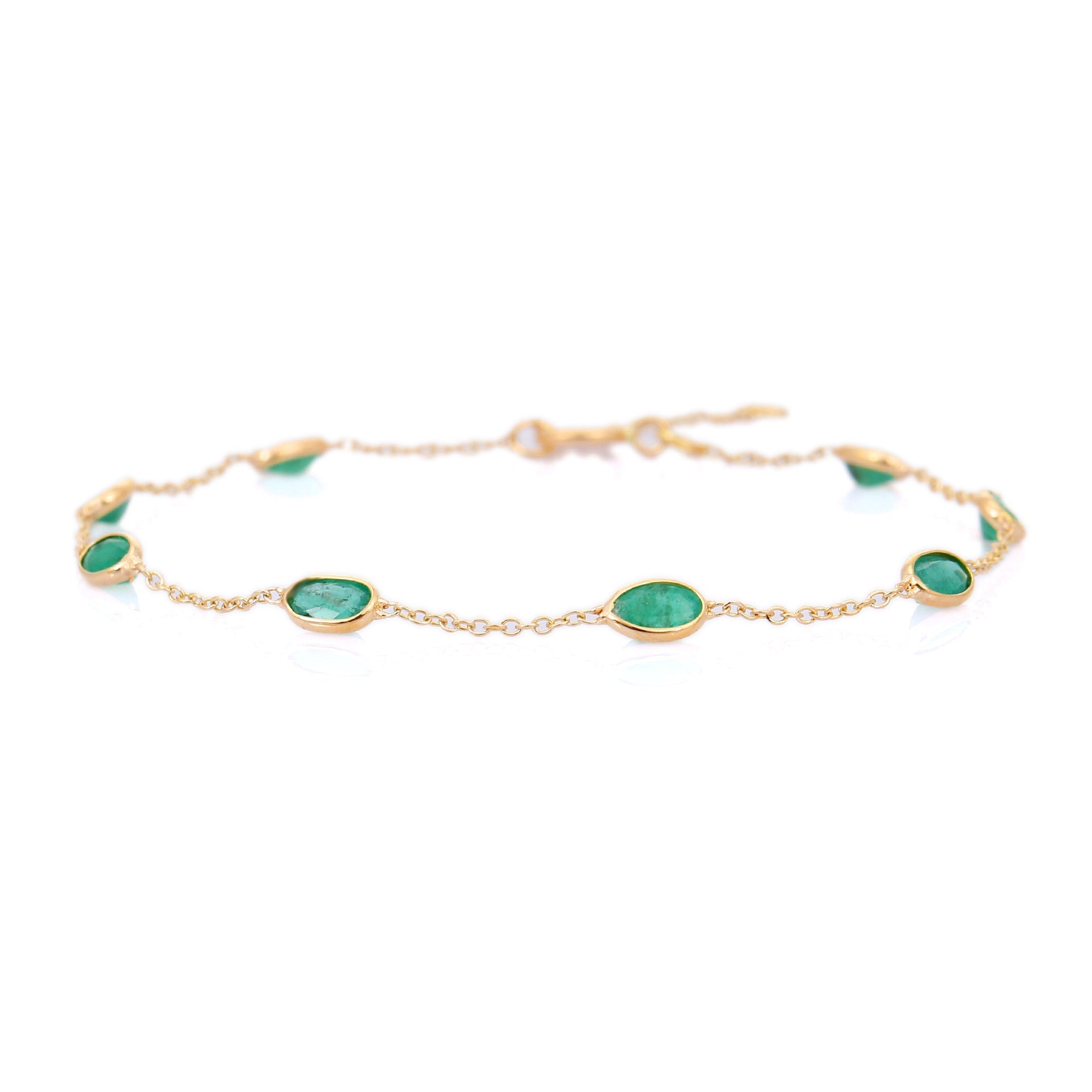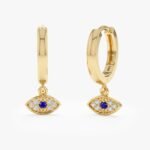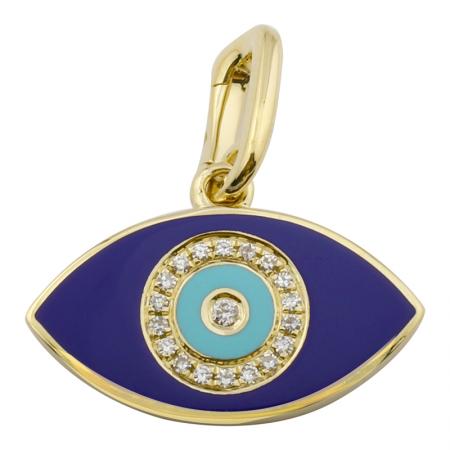Tennis Necklace Layering: Why One Length Always Looks Wrong

Tennis necklaces are deceptively simple. A row of matched stones, a thin metal line, and a clasp. Worn alone they look elegant. Worn in one identical length with another tennis, they suddenly look cluttered or flat. That uncomfortable result isn’t magic. It’s physics, human perception, and jewelry construction coming together. This article explains why one length almost always looks wrong and shows practical, specific fixes you can use when layering tennis necklaces.
Why one length usually looks wrong
When two identical tennis necklaces share the same length they sit on the same plane. The stones overlap visually. Light has nowhere distinct to bounce. That creates a single visual band instead of a layered set. Our eyes read it as clutter, not depth.
There are also mechanical reasons. Tennis necklaces have small links and many prongs. When two identical lengths sit together they tug on each other. That makes twists, kinks, and clasp rotation more likely. Metals rub. Prongs wear faster. Over time the necklaces sit unevenly and look sloppy.
Finally, scale matters. If both necklaces use the same stone size — say 3 mm rounds (~0.10 ct each) — they compete for attention. Two rows of the same size read as “duplicate” rather than “complement.” To create a pleasing layered look you need separation in space, scale, or texture. At least one of those three elements must differ.
How much length difference you need — and why
Spacing is the fastest fix. A 1 inch difference can be visible on some necks, but it often still reads as crowded. Aim for at least 1.5–2 inches (4–5 cm) between the centers of each necklace. That gap gives the eye a clear separation. It also reduces mechanical friction.
Common, practical combos:
- Choker + Princess: 14–16″ choker with a 18″ princess. The choker sits at the base of the throat and the 18″ rests on the collarbone. This is good for small stones (1.5–2.5 mm).
- Princess + Matinee: 18″ with a 20–22″ gives a classic layered line. Use medium stones (2.5–3.5 mm) on the shorter piece and slightly larger or spaced stones on the longer one.
- Matinee + Opera: 20–22″ with 24–30″ for dramatic layering. Keep the long piece lighter or with spaced stations to avoid weight pulling the shorter piece down.
Stone size and setting choices that create depth
Change stone size or setting to create contrast. Examples with approximate stone sizes and carat weights:
- Small + Medium: 2 mm rounds (~0.03 ct each) on the upper strand with 3.5–4 mm rounds (~0.16–0.25 ct each) on the lower strand. The smaller stones create a delicate frame. The larger stones give a focal point below.
- Uniform + Bezel: A shared-prong tennis (minimal metal) layered above a bezel-set tennis (more metal) separates sparkle and texture. The bezel lays flatter and resists twisting.
- Stationed Lower Strand: Use a full-line tennis on top and a spaced or station-style necklace with larger stones below. The gaps on the longer piece prevent a single heavy band from forming.
Why these choices work: different stone sizes change how light is reflected. Different settings change the visual edge of each row. Both methods give your eye a clear read on separation and depth.
Metal, alloy and construction: practical rules
For tennis necklaces you must think about strength and weight. Choose 14k gold or platinum
Pay attention to chain gauge and setting type:
- Chain gauge: delicate chains (1.2–1.8 mm) pair well with small stones. Heavier chains (2–3 mm) are needed for larger stones or longer lengths to avoid sagging.
- Setting: shared prong gives maximum sparkle but needs inspection every 6–12 months because prongs wear. Bezel and rub-over settings add metal and reduce the risk of catching or catching each other when layered.
- Clasp: a box clasp with safety is best for heavy tennis necklaces. A small lobster clasp can rotate and flip the necklace when layered. Ask for a clasp with a keyed orientation if you buy a heavier piece.
Practical layering formulas you can use today
Try these real-world combos. Each formula lists typical lengths, stone sizes, and what to expect.
- Everyday refined: 16″ with 2 mm stones (~0.03 ct) + 18″ with 3 mm stones (~0.10 ct). Result: subtle top sparkle and a visible lower band without overpowering a blouse or tee.
- Dressed-up simple: 14″ choker with 1.5 mm stones + 20″ matinee with 4 mm stones (~0.25 ct). Result: elegant contrast — the top is delicate, the bottom is the focal point.
- Layered texture: 18″ shared-prong + 22″ bezel-set + 30″ stationed. Result: mixed shine, minimal tangling, and clear spacing for dramatic impact.
Final practical tips and care
When you buy or build a layered set:
- Look for adjustable lengths or add jump rings at 1″ increments so you can fine-tune spacing.
- Avoid two identical tennis necklaces in the same metal and size. If they must match, offset them by 2–3″ and change the setting style.
- Inspect prongs and clasps every 6–12 months. Layering increases wear at contact points.
- Store layered necklaces separately or use a multi-strand organizer to prevent tangling and wear.
Layering tennis necklaces isn’t about piling on identical pieces. It’s about contrast in length, scale, and texture. Make small, specific changes — a 2″ length difference, a 1 mm stone size change, or a bezel below a shared-prong — and you’ll get depth, balance, and comfort. Those are the real signs of a well-layered set.




